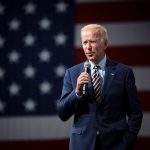
Delta surge filling area hospitals to capacity
WINDOW ROCK
With average weekly COVID-19 cases remaining high, and 65 chapters with “uncontrolled spread,” the Navajo Nation remains in the “red” threshold level, Navajo Epidemiology Center Epidemiologist Del Yazzie reported in a town hall on Tuesday.
Even more concerning, Yazzie said that the hospital Intensive Care Unit occupancy rate for Navajo is currently at 96%.
“We’re seeing an increase in hospital visitations in our health-care facilities,” President Jonathan Nez said. “Our health-care experts are feeling the increase in COVID-19 cases. Some of our health-care professionals are burning out once again.”
Kevin Gaines, acting chief medical officer of the Navajo Area Indian Health Service, said, unfortunately, right now it’s not just the reservation area that is seeing a COVID-19 surge, but the whole Southwest region, including the states that border the Nation.
“At this point in time, we are seeing a significant surge in cases that is becoming difficult for our service facilities to manage,” Gains said. “Positivity rates are running between 15 and 20 percent.
“Our hospitals are running at capacity for hospital beds as well as ICU care … and the ERs are seeing significant increases in visits,” he said.
Gains said that sometimes his staff is having to call 20 to 30 hospitals to find a bed for COVID-19 patients.
“Sometimes those hospitals are seven to eight hundred miles or further away,” Gains said. “Our staff is doing their best to keep people close to home, but with the surge in the region, that’s not always possible.”
Protecting friends, family
Nez urged everybody to be very careful as people move into the Christmas season.
“We have to take the protocols very seriously and encourage family members to get vaccinated,” he said.
Nez explained that booster shots are critical because the effectiveness of the vaccines starts to wear off after six months, or two months in the case of Johnson & Johnson, which is causing more breakthrough infections among those who are fully vaccinated.
Currently, 58% of the total population in the Nation is fully vaccinated, with 71% of the 12 and older population fully vaccinated.
Gaines reiterated the importance of vaccines and boosters to help prevent serious illness, as well as early testing.
“We do have some very effective treatments that are available at this point in time,” Gaines said. “If you become sick, please get tested at one of our sites so that if you are positive, we can get you scheduled in the treatment window and hopefully prevent your illness from becoming more severe.”
One short year ago, health experts sounded similar alarm bells as the Nation moved into its second wave of COVID-19 before vaccines started being administered in mid-December.
Now, as the Nation rides its third wave, health-care professionals have to prepare for the arrival of the new Omicron variant, recently discovered in South Africa and California, which experts say could evade vaccine protection because of its unprecedented number of mutations on the COVID-19 spike protein.
In response to Omicron’s concerns, Dr. Puthiery Va, from IHS Chinle Comprehensive Healthcare Facility, said that the Navajo Epidemiology Center already has a genomic sequencing surveillance system in place to identify variants in test samples.
“We are monitoring this, and we have the tools and systems in place to do so,” Va said. “They’ve made it a priority.”
So far, no Omicron virus has been detected on the Navajo Nation and the current surge is still being fueled by the Delta variant, she confirmed.
Va also reiterated that early testing and treatment can prevent severe illness, hospitalization, and death.
Getting tested before attending any gatherings and ensuring proper ventilation in indoor spaces is also recommended, said Va.
“That is another way to try to protect your friends and family through the holidays,” she said.
She emphasized that protections from the vaccines administered six months ago have gone down, and all eligible vaccinated adults should get their boosters.
“The booster really does amp up your immune response,” she said.
On Tuesday, Jenny Notah, the public affairs liaison for the Navajo Area IHS, told the Navajo Times that COVID-19 boosters are a vital tool to help keep people safe, especially as we head into the winter season.
“As it gets colder and more time is spent indoors, COVID-19 will have more opportunities to spread,” she said. “Vaccines remain the most powerful tool we have against COVID-19.”
Notah reported that the Navajo Area IHS had administered 314,936 COVID-19 vaccine doses to date.
“Across the Indian health system, we have administered well over one million vaccine doses, increased drive-through testing sites, and provided next-generation at-home tests and rapid tests,” she said.
The IHS is also working with various partners, including the Navajo Nation Epidemiology Center, to conduct surveillance and epidemiological functions to monitor COVID-19 variants.
“We will continue to monitor the Omicron variant and COVID-19 cases,” she said. “Contact tracing of individuals and group clusters is a major surveillance tool to identify positive COVID-19 cases and minimize the spread of COVID.”
As a public service, the Navajo Times is making all coverage of the coronavirus pandemic fully available on its website. Please support the Times by subscribing.
How to protect yourself and others.
Why masks work. Which masks are best.
Resources for coronavirus assistance

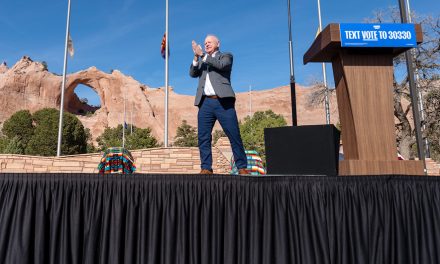
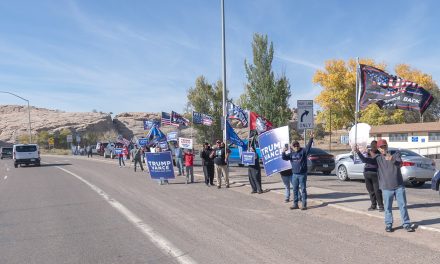
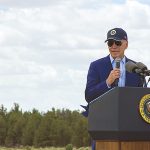
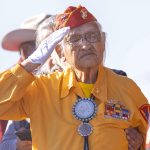
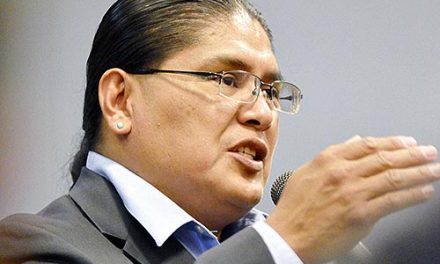


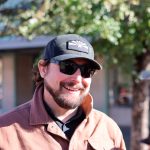

 Highway 264,
Highway 264, I-40, WB @ Winslow
I-40, WB @ Winslow